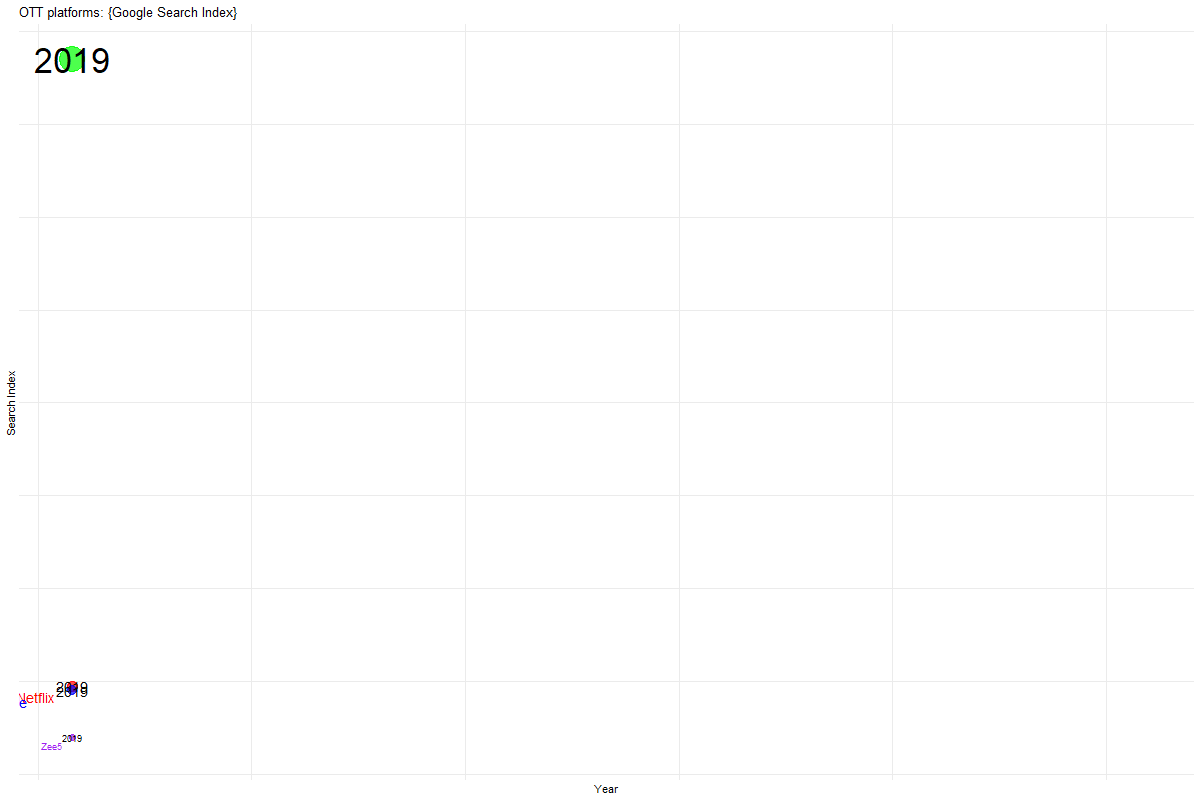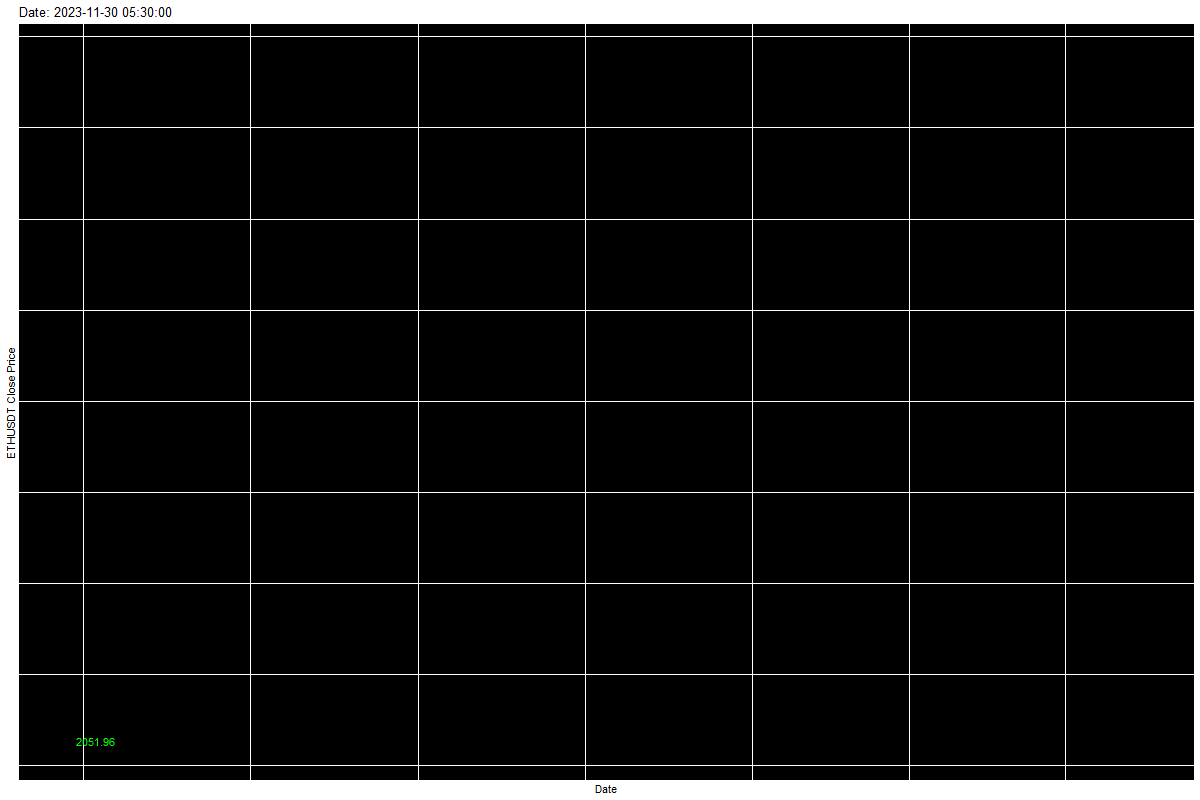 |
Value of announced greenfield FDI projects, by destination, 2022
Source: UNCTAD, based on information from the Financial Times Ltd, fDi Markets (www.fDimarkets.com)
|
The report provides insights into the current trends and future prospects of foreign direct investment (FDI) in the Asia-Pacific region. It gives us a proper view of the future of investment in the Region. The investment which is mentioned in the report is Green-field investment which drastically changes the country in which it inflows. And provides an in-depth analysis of the Greenfield investment trends in the Asia-Pacific region, focusing on the Economic and Social Commission for Asia and the Pacific (ESCAP) and its member States.
It highlights the region's ability to attract foreign direct investment (FDI), even in the face of global economic uncertainties and geopolitical tensions. It emphasizes the importance of Greenfield FDI in contributing to sustainable development goals and achieving the 2030 Agenda. The report also covers specific subregional FDI trends, intraregional FDI patterns, sectoral preferences, investment determinants, and the role of incentives.
Geopolitical Tension plays a huge role nowadays in World economics and as there are various big geopolitical shakeups (like war) going on in the World it affects the whole fiscal scenario. And it was visible as we can see that in a large extent, some countries in the Region outweighing the decrease of other countries. Majorly Japan and China inflows are way better than Australia & Singapore.
The analysis examines the trends in foreign direct investment (FDI) at a subregional level, highlighting the uneven distribution of Greenfield FDI across different subregions. The subregions of East and North-East Asia, South-East Asia, South and South-West Asia, North and Central Asia, and the Pacific each experience unique patterns of FDI inflows and outflows.
The report shows how much China is investing outwards in various parts of the Subcontinent as well as the small players of the region. In the short term, it's good for the Economy but as time passes the investment injection by China swirls them down into the infamous Debt trap. But Japan and China are on the top for outward investments. South East Asia remains the highest subregion with a 43% rise in Green-Field Investment.
India with lots of mega deals got a big chunk of the Green Field investment of US$ 67.8 Billion. It was the largest source of outbound investment, responsible for 81% of the subregion’s outflow.
Tajikistan has not been selected as a project location by foreign investors due to various determinants mentioned. The Pacific subregion recorded a 49% decrease in Greenfield investment inflows in 2023
These insights provide a nuanced understanding of the geographical dynamics of FDI in the region, offering valuable implications for businesses and policymakers seeking to engage with specific markets.
The trends of intraregional Green-field FDI show how much COVID-19 influenced the inflow of it as the decline is visible. However, data in the report shows that the ASEAN countries are attracting the Intraregional FDIs. And again, it’s India that is the largest recipient of the inflow and for the outflow, China is responsible for most of the mega deals in the region.
The report presents valuable insights into sectoral trends, shedding light on the shift away from primary sector investments, the consistent preference for the manufacturing sector, and the notable rise in investments in the services sector, particularly in communication and digital infrastructure. The semiconductor sector maintained its top spot among the three sectors. Because the digital transformation in the world which is fueled by the aftermath of the pandemic, also the geopolitics of semiconductors paced the growth of the sector. Data shows that recovery of the Hotel and tourism sector post-pandemic is very challenging.
It provides a thorough analysis of the factors that drive investment decisions, emphasizing the importance of dynamic qualitative factors such as talent availability and innovation ecosystems. It also highlights the crucial role of incentives in attracting foreign direct investment (FDI), while noting a decline in incentives deals since 2014. Furthermore, it explores the potential impact of the Global Minimum Tax on investment promotion strategies. This comprehensive analysis will serve as an excellent resource for anyone interested in understanding the complex dynamics of investment decisions and their impact on the global economy. This aligns with the findings of the Organization for Economic Cooperation and Development (OECD), which suggest that tax incentives have limited influence on investment decisions. SEZs in particular are targeted by investors due to their depth of fiscal but also soft incentives.
One of the key highlights is the importance of investment promotion agencies (IPAs) in attracting and facilitating foreign direct investment (FDI). It stresses the need for IPAs to collaborate with line ministries and integrate FDI into national development strategies. The authors also emphasize the significance of proactive investment attraction and the potential opportunities it offers for countries that have often been neglected in the past.
One more interesting fact is that the report states how FDI is important and beneficial for host countries and local companies as incentives attract the FDI, and if in the future the investing company decides to leave the country, the whole business environment and infrastructure remains to locals.
ASEAN country is key to investment in the region either its stability or India’s growth graph or China’s outflow power.
Also, IPAs can influence investment patterns and contribute to the national development agenda, especially around boosting FDI in and for sustainable development. ESCAP is providing tailored capacity-building to all of its member States focused on promoting, attracting, and facilitating FDI as well as for sustainable development.
The report highlights the crucial role of foreign direct investment (FDI) in achieving sustainable development and underscores the need for proactive investment promotion strategies, capacity-building, and policy support to attract FDI. To this end, ESCAP collaborates with member states and other development organizations, providing technical assistance and policy advice. The analysis emphasizes the importance of ongoing monitoring and evaluation of investment promotion strategies to optimize the contribution of FDI towards the 2030 Agenda.
In conclusion, the report emphasizes the collaborative efforts of ESCAP and other development organizations in promoting sustainable FDI, and the pivotal role of investment promotion strategies in realizing sustainable development goals.
*******
R code for Graph: library used threejs, dplyr, globejs
data(world.cities, package="maps")
cities<-read.csv("cities.csv")
a<-read.csv("a2022.csv")
merged_df <- merge(cities, a, by = "country.etc")
value1 <- merged_df$Ggreen_gdp_2022/1000
globejs(bg="white", lat=merged_df$lat, long=merged_df$long, value=value1,
rotationlat=-0.34, rotationlong=-0.38, fov=30)
By
Payal Adlakha
Ph.D. Scholar, DoE, MRIIRS







